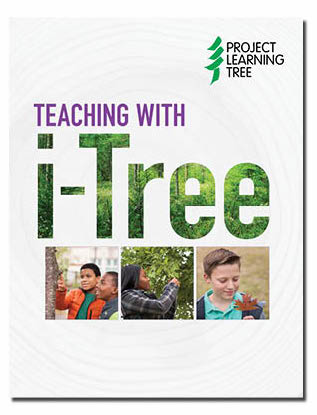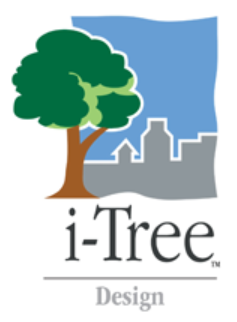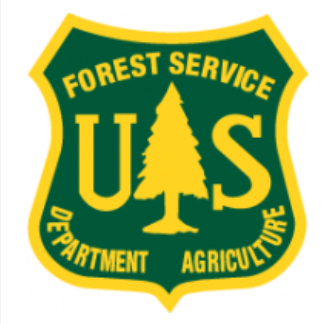
“This is something we can actually use with real-world application.”
– Patti Farris, science teacher, Ramsey Jr. High, Ft. Smith, AR
“Very cool program.”
– Jane Houseal, Arkansas Master Naturalists
Project Learning Tree’s Teaching with i-Tree unit includes three hands-on activities that help middle and high school students discover and analyze the many ecosystem services that trees provide. Students input data they collect into a free online tool that calculates the dollar value of the benefits provided by a tree, or a set of trees.
The activities can be used in formal classroom settings or with nonformal groups, such as scouts, students enrolled in afterschool programs, and visitors to nature centers and parks. They require minimal preparation and supplies, and work in urban, suburban, or rural settings.

The activities incorporate the use of i-Tree Design software, a free, state-of-the-art online tool developed by the U.S. Forest Service and its partners. As they complete the activities, students will apply STEM skills to learn the following:
- How to identify trees
- How to measure and assess the health of trees
- The value of trees and their role in mitigating greenhouse gases, improving air quality, intercepting stormwater, lowering a building’s energy use, etc.
- How to calculate the dollar value of the benefits provided by a tree or a set of trees
- How to analyze and interpret their findings
- How to use i-Tree tools to develop plans to improve the environmental functions that trees provide on their school grounds or in their community.
The investigations address concepts in biology, ecology, economics, language arts, and technology. In addition to developing content knowledge, students develop critical thinking skills and discover the importance of scientific investigation.
Download Now |
Available in English, Spanish, French, and Mandarin
Student Lessons
The Teaching with i-Tree lessons are designed to move the learner from awareness and knowledge to challenge and action.
Activity 1. Tree Benefits and Identification
Students become aware of the many products we obtain from trees, how we all depend on trees in our daily lives, and the value that trees provide to communities and the environment. They also learn the features of trees that are used in identification and practice identifying trees using guides and free mobile apps. Finally, students are introduced to the i-Tree benefits calculator.
Student Page:
Activity 2: Tree Value
Students participate in a field study as they identify, measure, and assess the health of trees. They calculate the dollar value and ecosystem services of the trees using the i-Tree Design tool. Students use the information they gathered to create an Ecosystem Services Guide of the study site. They generate a tree improvement action plan and, if feasible, implement part or all of it.
Student Pages:
Video Tutorials:
Activity 3: Land Manager Role Play
Students are challenged to apply what they’ve learned as they role-play being land managers. Students also gain skills in communicating and presenting scientific information. Through this activity, they learn about a variety of land manager and forest-related careers.
Student Pages:
Download the Teaching with i-Tree activities.
Standards Alignment
Teaching with i-Tree provides a structured alignment to national academic standards for both the Next Generation Science Standards and the Common Core State Standards for English Language Arts. See pages 3 and 4 for a list of the topics and standards addressed.
Supporting Resources
The lessons include:
- Video tutorials,
- Lesson plans,
- Student worksheets, and more!
 This resource made possible in part by a cooperative agreement with the Forest Service, U.S. Department of Agriculture.
This resource made possible in part by a cooperative agreement with the Forest Service, U.S. Department of Agriculture.
Download a promotional flyer and help us spread the word about this new curriculum resource!
Additional PLT Materials
The following PLT environmental education printed guides and online units support and extend the learning in this Unit:
- Carbon & Climate for Grades 6-8
- Secondary Modules: Focus on Forests, Forests of the World, and Places We Live
- PLT GreenSchools Investigations: School Site Investigation
- PreK-8 Environmental Education Guide
Subscribe to our newsletter to receive notice of new resources that support this and other PLT curriculum, plus ideas for engaging children with nature in both a formal classroom and nonformal setting.
Please remember that all PLT curriculum materials are protected under copyright law. Reproduce responsibly.
Click here for our Content Reprint and Adaptation Policy.


